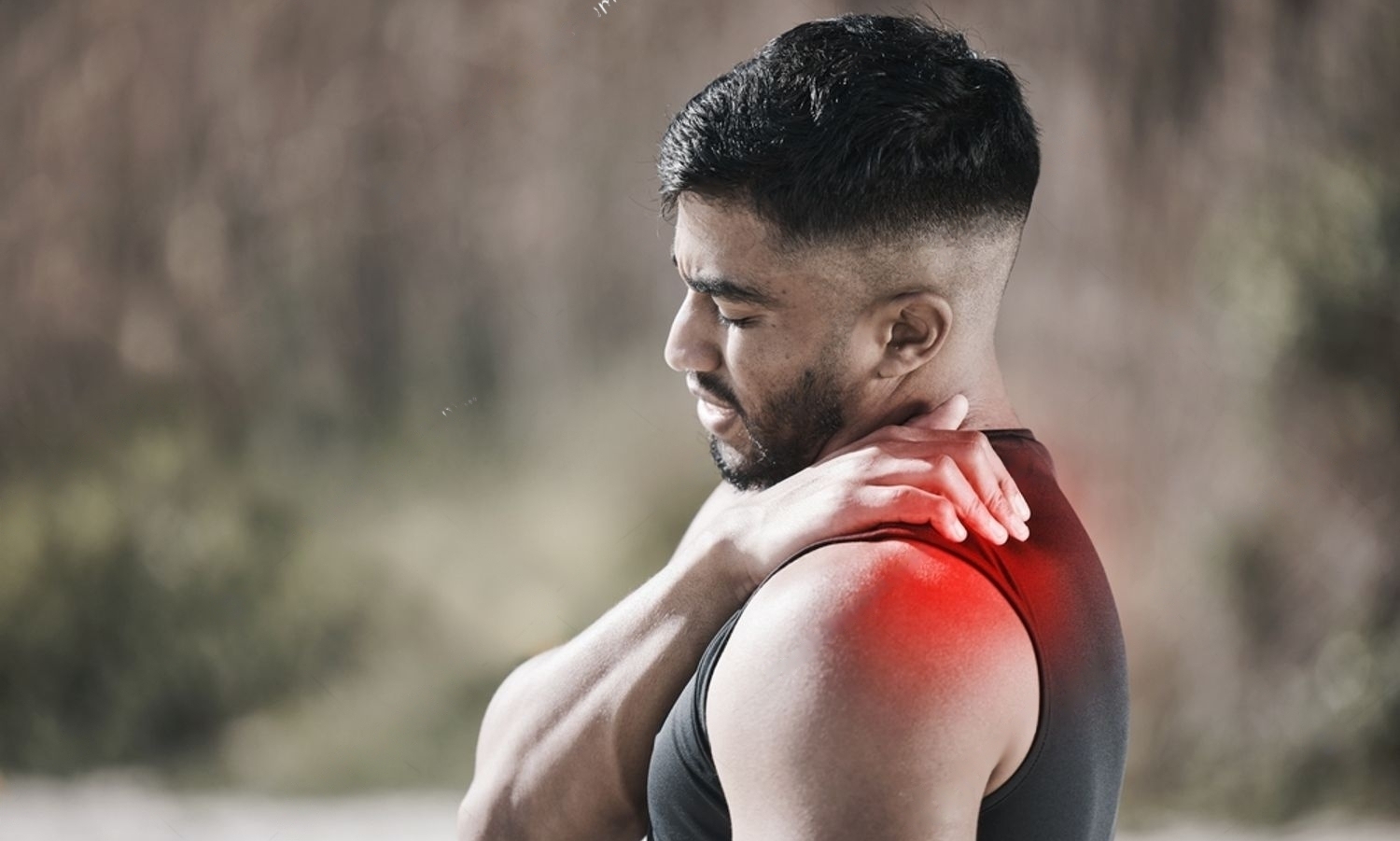Understanding Pain: Types
Acute Pain
A symptom of an underlying disease
or trauma, characterized by localized, sharp sensations that are
self-limiting and last for up to 3 months.
Chronic Pain
Persists longer than 3 to 6 months
and loses its biological purpose, differentiating it from acute
pain.










